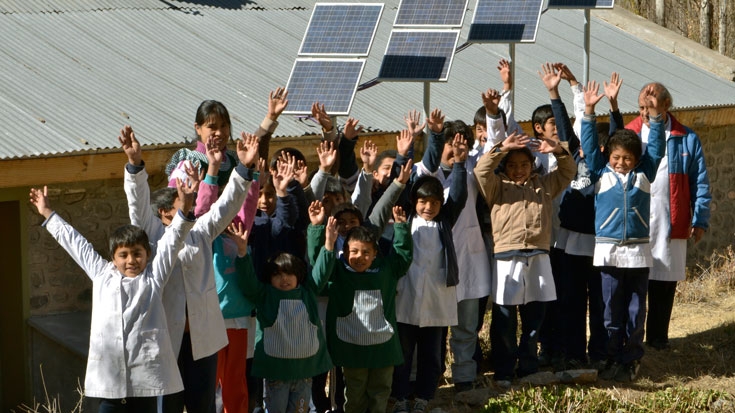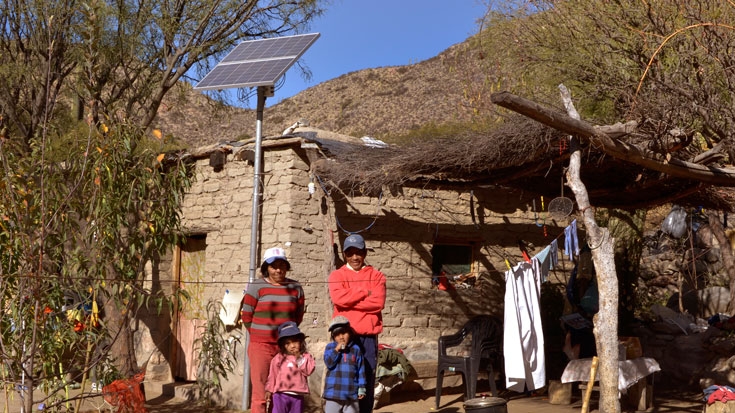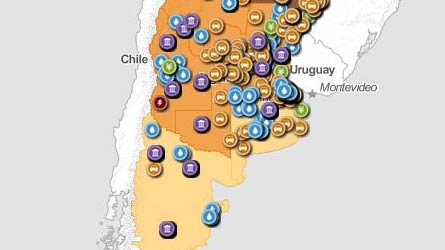CHALLENGE
By the late 1990s, Argentina had made important progress in developing a competitive electricity market. The power sector had been unbundled and a well functioning regulatory system was established together with a privatization process. These measures, however, were largely oriented to benefit the urban population. There was much yet to be done to address the needs of the poor rural population. The main challenges were:
- Providing electricity in dispersed areas implied high investment costs.
- Provincial Governments had limited financial capability and weak regulatory agencies.
- Around 2.5 million people lived in dispersed rural areas with no access to electricity.
SOLUTION
The Renewable Energy in the Rural Market Project supported the provision of reliable electricity services in dispersed and poor areas using renewable energy technologies, establishing for such purpose a nationwide delivery model of concessionaries and strengthening provincial regulatory agencies. By replacing diesel electricity generation and the use of candles, kerosene and gas cylinders with renewable energy systems, the project’s Global Environment Facility (GEF) component helped remove barriers (information, high initial costs and institutional weaknesses) to the development of renewable energy and reduction of greenhouse gas emissions. The project facilitated the installation of:
- Solar home systems in dispersed rural households.
- Small off-grid electricity generating units based mostly on solar.
- Small wind turbines and mini-hydro plants in villages.
- Renewable energy systems to provide electricity to provincial public institutions (schools, medical centers, etc.).
During the first years of implementation, the project faced an unexpected severe economic crisis, characterized by sustained fiscal austerity and reduced budgets. This challenge delayed the project’s implementation and called for a revision of the project design. The project delivery mechanism was amended so as to incorporate greater flexibility on private and public technological and institutional options.



